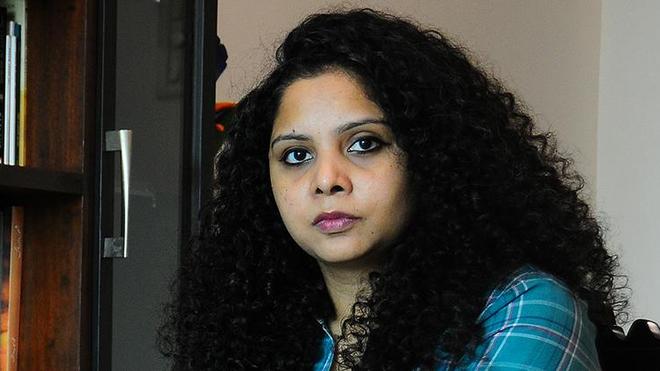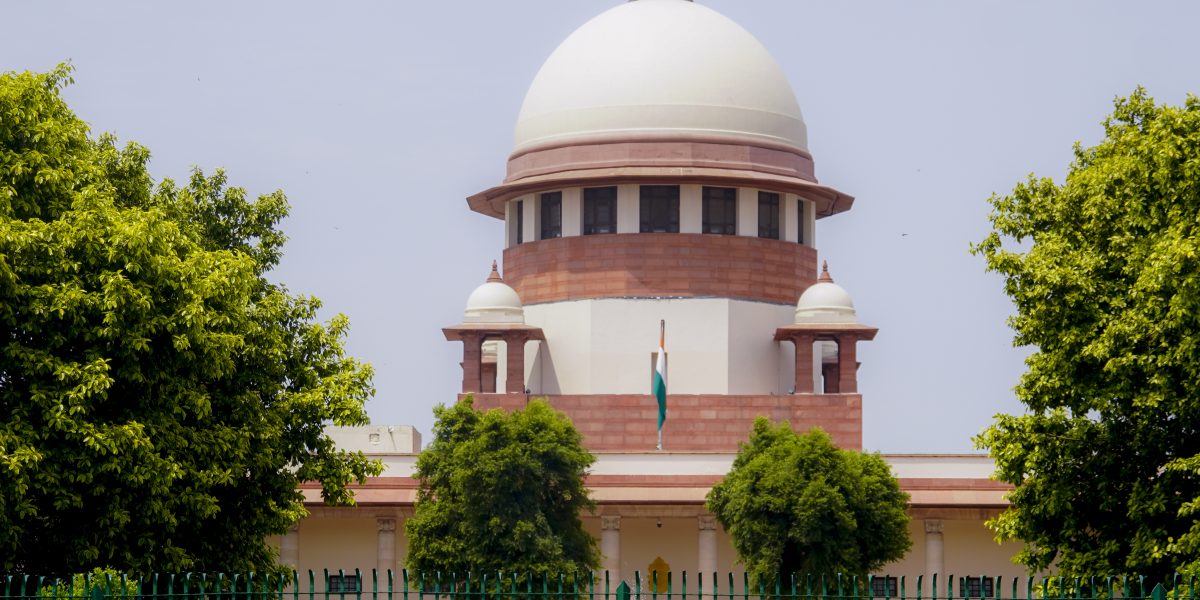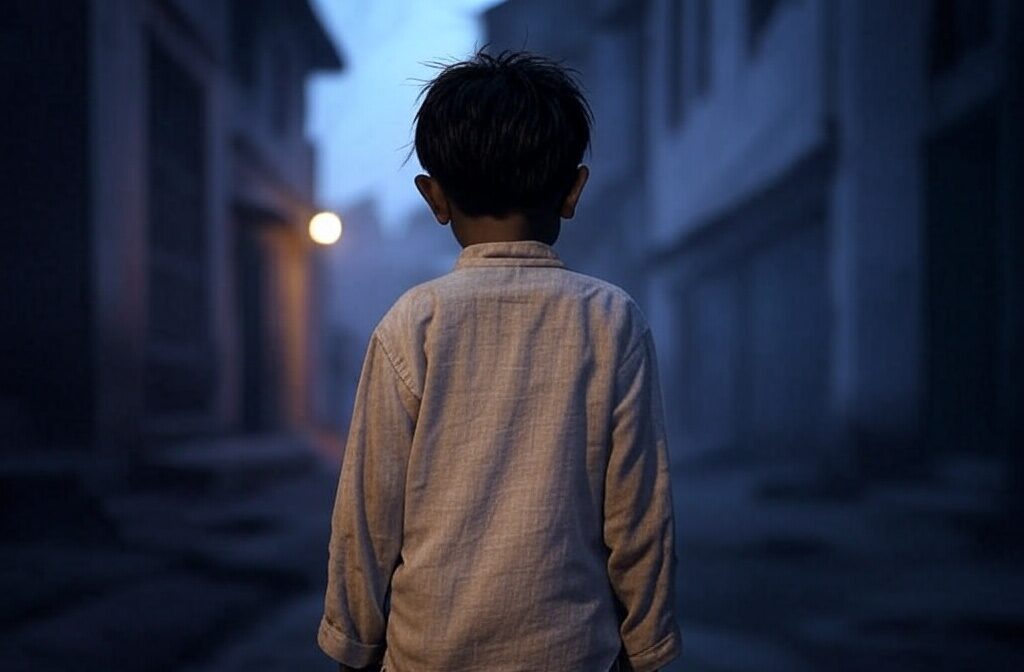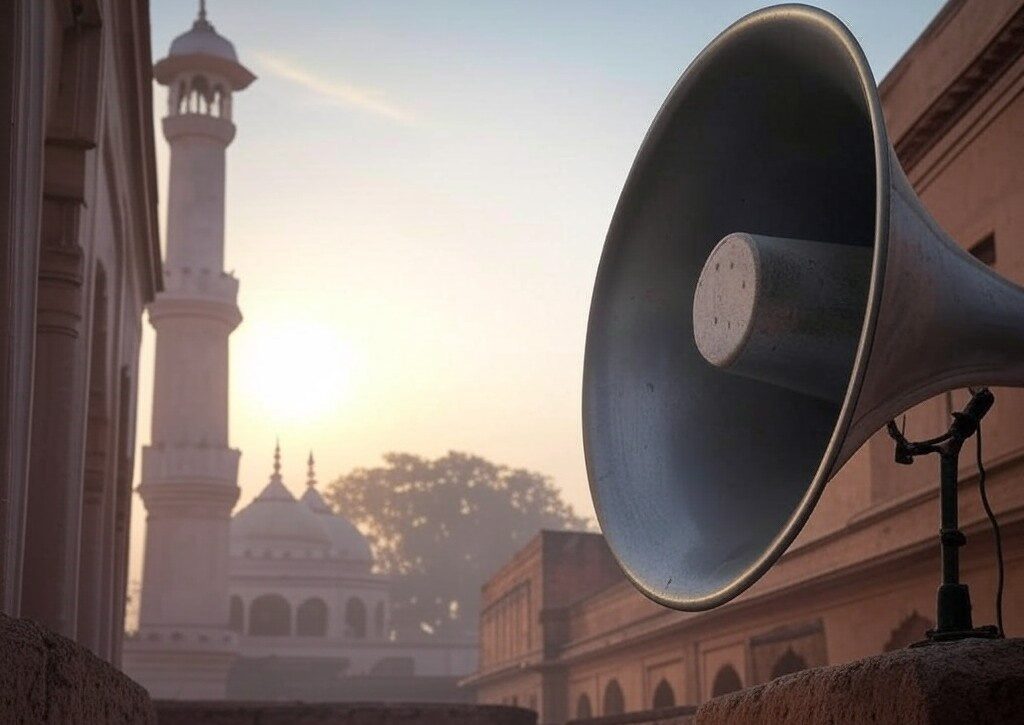
By Syed Khalid Husain / India Tomorrow
Over the past 13 years, at least a dozen Muslim girl students in the communally sensitive region of Karnataka have bravely confronted right-wing Hindus and college administrations trying to impose a ban on their Shariah-prescribed attire, achieving some success along the way.
THE controversy over the wearing of hijab in Karnataka is not new; nor is 19-year-old Bibi Muskan Khan the first Muslim girl student to bravely resist the challenge to the Shariah-prescribed attire for Muslim women, such as burqa, niqab, hijab or headscarf; nor has the campaign against the hijab launched under the rule of only one political party in the state.
All that is new this time are the intensity of the saffron drive targeting and harassing Muslim girls wearing the hijab, the timing of the campaign coming as it does when elections are underway in five states, the international reaction to and media coverage of the whole episode as well as the high-profile legal battle over the Muslim women’s constitutional right being fought in the Karnataka High Court.
Tensions over the hijab in the communally charged Karnataka’s south and west have been simmering for at least 13 years, but no serious efforts have been made to resolve the issue. During this period, several protests have been held in colleges in the coastal town Udupi, the port city of Mangaluru, and some villages in the Dakshina Kannada district.
The first hero
The current hijab row can be traced back to August 2009 when a 19-year-old Muslim student in Bantwal in Dakshina Kannada district left her college after 23 other Muslim girls were barred from wearing the headscarf to the classroom. Ayesha Ashmin, a first-year student at the Sri Venkatraman Swamy College, insisted on wearing the headscarf but was told by the college authorities and the newly elected members of the right-wing Akhil Bharatiya Vidyarthi Parishad (ABVP) students union that she must not attend class wearing the headscarf.
Ayesha refused to be cowed down and decided to leave the college, determined to attend the institution on her own terms. She said the action was inexplicable considering that no objections were raised when she was interviewed for admission wearing the burqa (head-to-toe covering). She alleged that the college principal had warned her against wearing the headscarf and asked her to choose between education and religion.
Fighting for her right to wear the headscarf to class, Ayesha took her battle to the government. She got sympathy but no assurance from the district commissioner. However, she refused to give up her fight until she achieved success. Finally, after two weeks, she and the other girls were granted permission to use the dupatta (shawl) as a headscarf with their uniform, bringing cheer to her family.
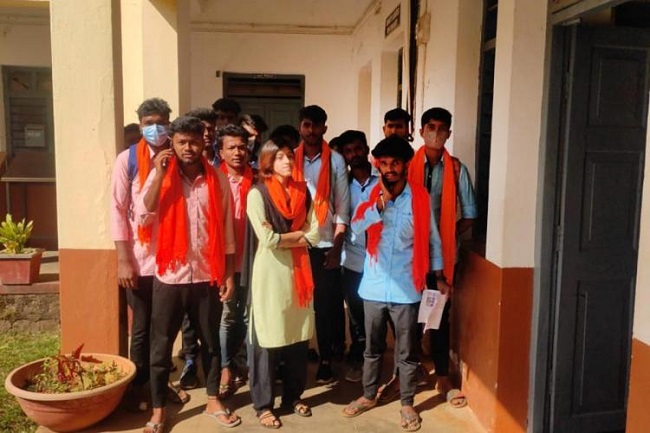
At around the same time, many Muslim students at Government First Grade College in Uppinangady, also in Dakshina Karnataka, skipped classes after they were denied entry for wearing the burqa over their uniform.
Both incidents took place during the Bharatiya Janata Party rule in the state when B.S. Yeddyurappa was the chief minister. It was reminiscent of France’s 2003 directive that proscribed “conspicuous” religious symbols in schools, including Muslim headscarves.
Larger implications
The seemingly one-off action by Ayesha’s college had larger implications for the constitutional principles of secularism and equality in the state. Though the order was directed against a single student, it was imposed on other Muslim girls, who conformed to it. Ayesha’s headscarf thus became the latest symbol of religious intolerance in Karnataka’s coastal town and villages.
Seven years later, in 2016, during the Congress party’s rule when Siddaramaiah was the chief minister, hundreds of students, their parents, and Popular Front of India activists held a protest in front of the Srinivas College of Pharmacy in Valachil, near Mangaluru, against the college administration for prohibiting Muslim girl students from wearing the hijab, boy students from sporting beards and all Muslim students from offering Friday prayers. The protesters alleged such rules were an attempt by the college authorities to curb the students’ religious rights.

A tug of war ensued, with dozens of Hindu students of the Dr. K Shivarama Karanth Government College in Bellare village, near Mangaluru, wearing saffron scarves in protest against the college management’s reluctance to stop Muslim girl students from wearing the burqa to classrooms. The ABVP supported these students.
The hijab issue is also the subject of a decades-long feud in France, where the French Senate moved to ban women under the age of 18 from wearing the hijab in public in 2021. Hindu right-wing groups in Karnataka had also tried to impose a ban on the burqa in 2010 when France banned the burqa, leading to communal tensions in Mangaluru. At that time also, Mr Yediyurappa was the chief minister.
Mangaluru has always been a hotbed of vigilantism and moral policing, with frequent clashes between both communities’ rogue elements. This burqa-versus-saffron scarf row further polarised coastal Karnataka. With the younger generation getting sucked into it, the exposed fault lines only left the region more naked and vulnerable.
The hijab row erupted again in Mangaluru in 2018 when burqa-clad Muslim students of St Agnes College, a girls minority institution, took to the streets to oppose the college’s decision to bar them from wearing the hijab in classrooms, alleging that the college authorities had taken away their right to wear the Muslim attire. The incident happened when the Janata Dal (Secular) was in power, and H.D. Kumaraswamy was the chief minister.
Two Muslim girl students filed a petition in the Kerala High Court seeking permission to wear the headscarf and full-sleeve shirts in the college. Dismissing their petition, the court observed it could not instruct an education institution to consider students’ requests.
Fast forward to 2021-2022. In December last year, eight students of the Women’s Government Pre-University College in Udupi, the epicentre of the current hijab row, were barred from attending classes wearing the hijab. The students had been marked absent for three weeks even though they had gone to the college during that period. There are some 70 Muslim girls studying in the college.
The eight students spearheading the campaign for the hijab said they had begun wearing the hijab in the college in December 2021 after realizing there was no rule in the college’s rulebook banning the hijab. “Initially, when we joined the college, we thought that our parents had signed a form which had barred the hijab, but there was no mention of the hijab in the forms,” one student said. “So, our parents met the college authorities thrice and requested them to allow their daughters to wear the hijab, but there was no response. Therefore, we decided to wear the hijab in school.”
They said the college had celebrated Hindu festivals in the past year and had not restricted any Hindu religious symbols such as the bindi. “Why is there a restriction only on Muslims wearing the headscarf?”
The All India Lawyers’ Association for Justice also wrote to the department of pre-university education in Bengaluru about the issue. It termed the targeting of the students’ religious identity as Islamophobic.
After several rounds of talks between the girls’ parents and the college authorities failed to resolve the issue, the students sought the support of Muslim student organizations Campus Front of India and Students Islamic Organisation. They approached the Udupi deputy commissioner over the issue on December 30, but no action was taken on their appeal. This resulted in a standoff.
In response to the standoff, students from the ABVP held protests in two other colleges in Chikkamagaluru and Dakshina Kannada districts, wearing saffron scarves inside the college. Authorities of both institutes moved to bar saffron scarves as well as hijabs in response to the protests. But the Udupi college Muslim students said the counter-protests had little to do with the situation in their college. “If the saffron scarf is compulsory for the religion, let them wear it. But, in our culture, we have to wear the hijab,” one student said.
In early February, a Hindu far-right mob at a college in Mandya city heckled hijab-wearing Muskan. She was surrounded by men sporting saffron scarves as she arrived at her college. She shouted Allahu Akbar, her hand raised in the air in response to the men heckling her and shouting Jai Sri Ram. In a fleeting moment of retort, Muskan became a symbol of Muslim resistance to the saffron scarf protest against the hijab in Karnataka’s education institutions.
Last week, the college in Uppinangady was closed for two days after the hijab row erupted again. Ten Muslim girl students had turned up at the college with the hijab. The college asked them to remove the hijab citing the Karnataka High Court’s interim order, but the girls refused. A group of students objected to the girls’ move and threatened to sport saffron shawls if the girls were allowed to attend class with the hijab. When the college management’s efforts to convince the students failed, they declared two days’ holiday.
The Karnataka government mandates no particular dress code in state-run colleges, and decisions over the enforcement of dress codes are left to college authorities or their development monitoring committees.
The latest hijab row is now in the Karnataka High Court, which has been hearing petitions challenging the ban on the hijab for the past two weeks.


